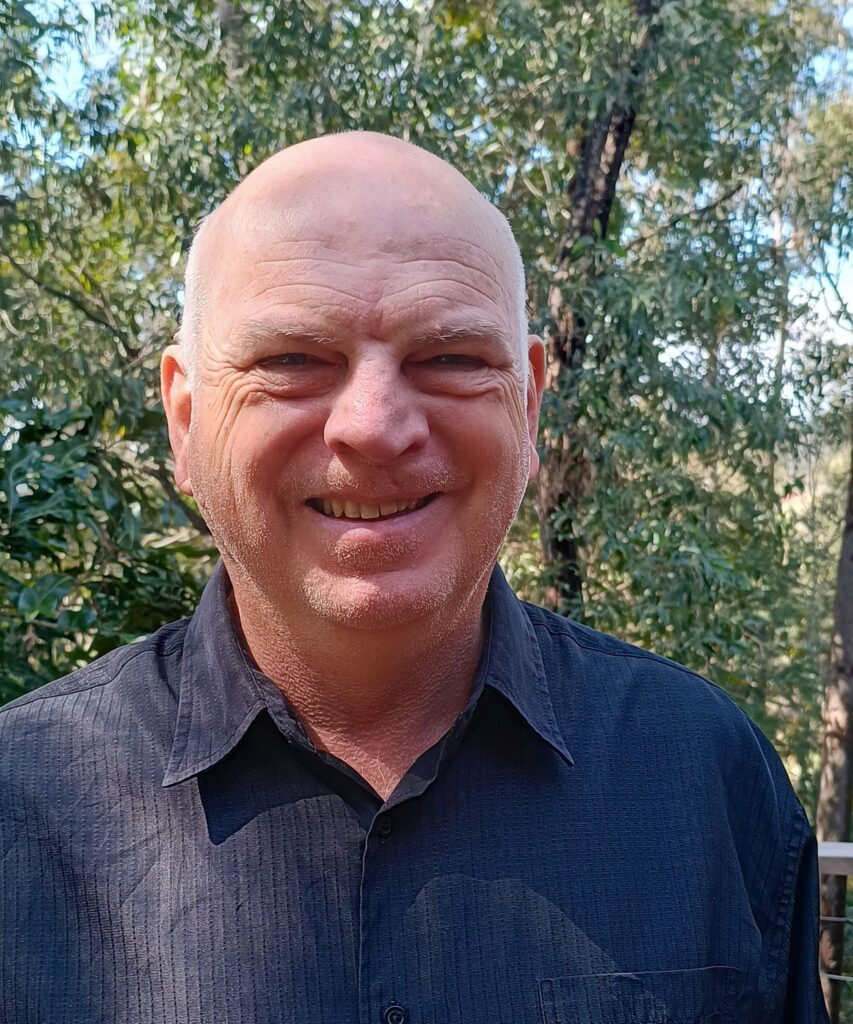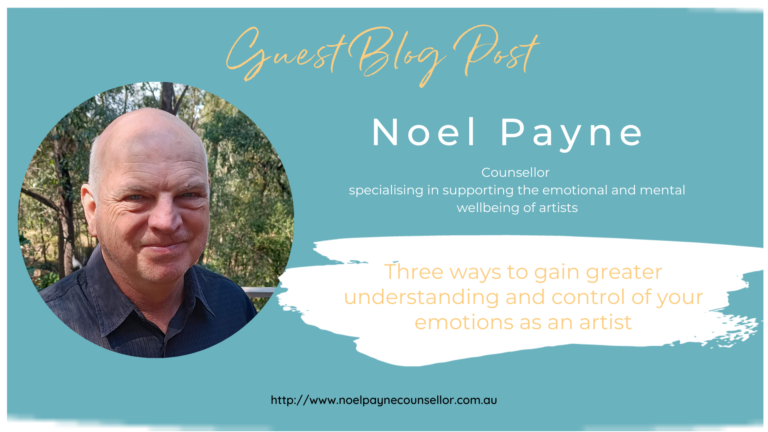The Artists Business Lounge
Art Business Coaching for Visual Artists
Your Personal Journey Journal
3 ways to explore your mind and emotions with greater depth and control.
Today marks our first blog post written by a special guest, in what will hopefully be an ongoing series of Guest Blog Posts. For our first guest, I am delighted to introduce my good friend, Noel Payne.
Noel is a counsellor specialising in supporting the emotional and mental well-being of artists. He has 35 years of experience working in the performing arts and holds formal qualifications in Counselling, Crisis support and Community Development (Bachelor of Human Services – Counselling) and experience as a Lifeline Crisis Supporter.
Living in a house filled with art, sharing his life with visual artist Deb Mostert, and being surrounded by a network of artists, Noel has unique insight into the creative world and a strong desire to support the mental health and well-being of creative people. The following post by Noel is general in nature, for more detailed support Noel’s contact information is at the bottom of this post. Enjoy
Do you ever wish you had more control and understanding of your emotions as an artist?
Many creative people spend a lot of time in their own minds mulling over the myriad of thoughts and feelings swirling around.
There are the expectations to create brilliant and saleable art, to earn an income, to enjoy the daily grind of producing, the nagging feelings of feeling like a fraud, that “it’s all too much for me”, and the ever-present comparison with all the other artists who are producing great work. These thoughts and feelings can be difficult to control and in times of stress, disappointment and worry, they can control you, affecting your mental and emotional wellness.
In a similar way that learning to draw is an ongoing practice of skills and techniques, personal reflection and self-awareness require an ongoing, sometimes daily practice to support our mental and emotional health.
A personal journal or sketchbook can be a useful tool for your creative business through planning and sketching out dreams, ideas and goal setting. The journal also is a highly effective way of exploring your own inner personal creative soul and spirit. It’s a way to get out of your head and to sort through thoughts and feelings seeing them from a different perspective.
Here are 3 ways that you can introduce personal reflection into a journal or sketchbook practice.
- 1) Try something outside of your normal creative mode.
- If you are a visual artist, you are probably already comfortable using images to express yourself.
- The use of colour, shape and texture can transport those feelings and thoughts onto the page. However, these images are often symbolic or metaphorical.
- Written and spoken language is a form of communication that uses common meaning to convey ideas and feelings.
- Use words or phrases to assist you to turn sometimes vague thoughts into more solid and articulate expressions.
- As an example, if you write that you are feeling sad, attempt to explore further and more specific words such as grieving, miserable, disappointed, lonely or I’m not good enough.
- An online thesaurus or the Emotions and Feelings Wheel (see below – extracted from https://www.davidhodder.com/emotion-and-feeling-wheel) is help to further clarify the breadth and intensity of feelings.

2) A personal journal is your private space.
It’s a place to have a brain dump and a heart dump.
It’s a space to ask yourself the hard questions, what are my important daily habits and how am I doing with them, how is my sleep, exercise, eating, and relationships really going? What would I have done differently?
You can even rate yourself.
This also gives you permission to congratulate yourself. Have private celebrations in your journal with balloons and gifts of encouragement. It’s not about criticism it’s about reflection.
All these personal thoughts and feelings are your personal journey through life, your responses to your circumstances, and your hopes for something better.
The journal is the space to be honest with yourself, with no one looking at you, no one else evaluating you. It’s you standing naked in front of a mirror and being at peace with who you are at this moment in life.
3) Over time, revisit and review your personal journey.
The longer you keep a journal the more interesting it appears when you track your thoughts, moods and emotions over time.
You will find yourself able to ask questions: are there seasons in your life when you are more susceptible to negative thoughts? and, When do I work at my best?
Personal reflections in a journal will help you see – over a period of months and years – the people and circumstances that help you and those that hinder you.
You may note these longer-term reflections on special occasions such as anniversaries and New Year’s, or your birthday.
“The self is not something ready-made, but something in continuous formation through choice of action.” (John Dewey)
An issue many people live with, not just artists, is turning their brains off at night, either with having trouble getting to sleep, or waking up at 2 am and mulling over all of life’s events.
A personal journal can assist you to train your brain to sleep at sleep time, through an “end the day” ritual.
#closethebook
As a bonus idea, try using the practices mentioned previously and then before you go to bed, go to your journal and physically close the book cover. Do not leave it open.
This visual and physical act of closing is not just symbolic of finishing the day, it can help the eye-brain connection to recognise that today has ended.
Starting the next day with a symbolic and physical opening of the book works with the ritual of closing to create muscle, visual and mental patterns which are a great help to aid sleep patterns.
– Noel Payne
Noel Payne is a counsellor specialising in supporting the emotional and mental well-being of artists. He has 35years of experience working in the performing arts alongside Undergraduate qualifications in Counselling, Crisis support and Community Development.
Noel Payne offers professional services through therapeutic healing and discovering the meaning and purpose of life’s difficulties. Support can be found by contacting Noel at http://www.noelpaynecounsellor.com.au


Some of the ways you can work with me
One-on-one coaching packages tailored based on your wants and needs and where you are right now. Contact me for a conversation.
Join our Success System Program – the most individual group art business coaching program you’ll find. Filled with loads of great content, resources, community and support. Currently, waitlisting and doors are opening very soon.
Get on the waitlist and find out more Success System Waitlist


